Home>Gardening & Outdoor>Landscaping Ideas>How To Apply Grass Fertilizer
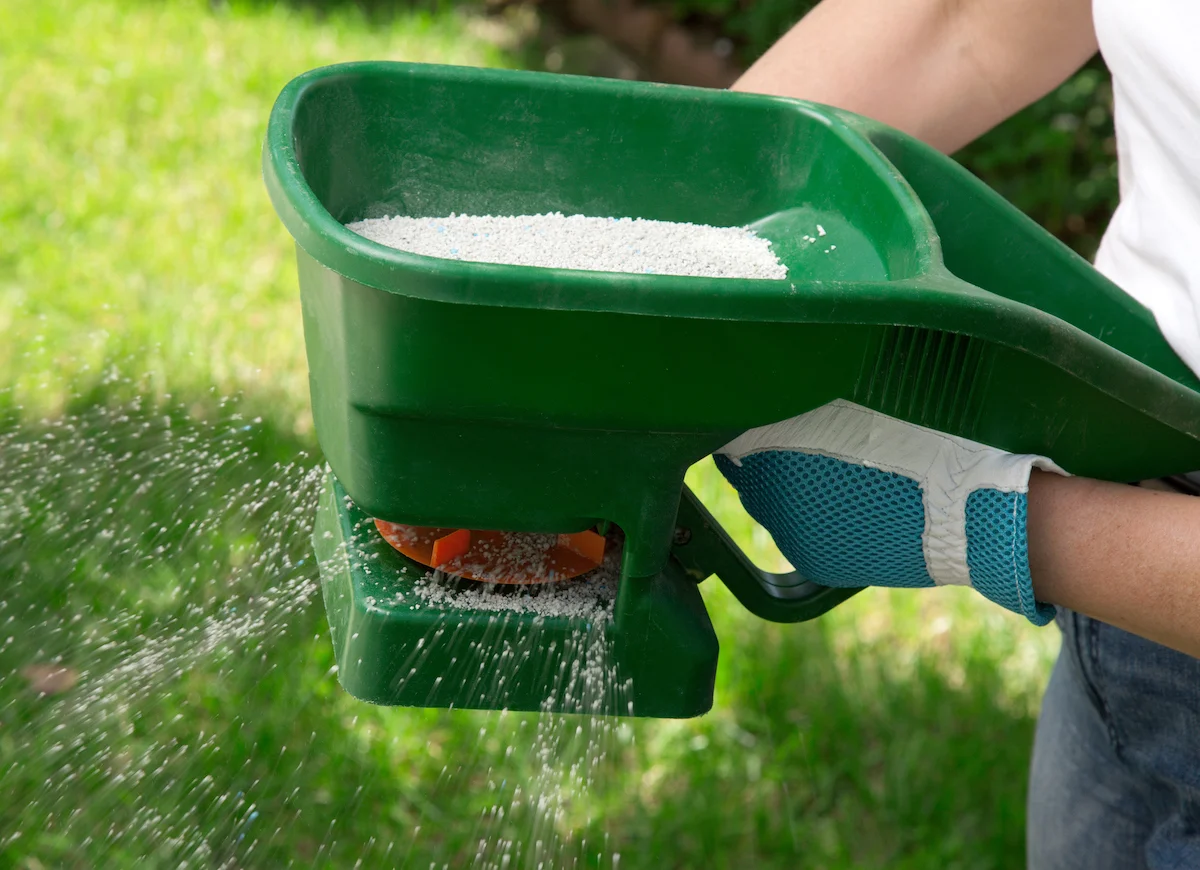

Landscaping Ideas
How To Apply Grass Fertilizer
Modified: March 25, 2024
Learn how to apply grass fertilizer for a lush, green lawn with our expert landscaping ideas. Discover the best techniques for a healthy and vibrant yard.
(Many of the links in this article redirect to a specific reviewed product. Your purchase of these products through affiliate links helps to generate commission for Storables.com, at no extra cost. Learn more)
Introduction
Welcome to the world of lawn care, where the lush green carpet of grass isn't just a backdrop but a living, breathing part of your home. Proper maintenance is key to a healthy, vibrant lawn, and one of the essential components of this care is the application of grass fertilizer. While it might seem like a simple task, there's more to it than just sprinkling granules on the lawn and hoping for the best.
In this comprehensive guide, we'll delve into the art and science of applying grass fertilizer. From understanding the different types of fertilizer to the actual application process and post-application care, we've got you covered. By the end of this journey, you'll be equipped with the knowledge and confidence to nourish your lawn and watch it thrive.
So, let's roll up our sleeves and dig into the world of grass fertilizer, where a little bit of know-how goes a long way in creating a stunning outdoor oasis right in your own backyard.
Key Takeaways:
- Grass fertilizer is not just a simple task, but a tailored blend of essential nutrients. Understanding your lawn’s needs and choosing the right fertilizer is crucial for a healthy, vibrant lawn.
- Before and after applying grass fertilizer, proper preparation and post-application care are essential. From mowing to watering, these steps contribute to the overall health and resilience of your lawn.
Read more: When To Apply Fertilizer To Grass
Understanding Grass Fertilizer
Grass fertilizer is more than just a generic product to spread on your lawn; it’s a tailored blend of essential nutrients designed to promote healthy grass growth. The primary nutrients found in fertilizers are nitrogen (N), phosphorus (P), and potassium (K), often referred to as NPK. These nutrients play distinct roles in the development and maintenance of your lawn.
Nitrogen (N): This nutrient is crucial for promoting lush, green foliage. It stimulates leaf and stem growth, giving your lawn that vibrant, healthy appearance. Nitrogen is often the most important component of a fertilizer blend, especially for lawns that require frequent mowing and a consistent, verdant look.
Phosphorus (P): Phosphorus is essential for root development and overall plant vitality. It aids in the establishment of a robust root system, which is fundamental for the grass’s ability to absorb water and nutrients from the soil. While phosphorus is vital during the early stages of grass growth, established lawns may require less of this nutrient.
Potassium (K): Potassium contributes to the overall health and resilience of the grass. It helps the grass withstand environmental stresses, such as temperature fluctuations and drought conditions. Additionally, potassium promotes disease resistance and enhances the plant’s ability to utilize other nutrients effectively.
Understanding the specific needs of your lawn, including its grass type and local climate, is crucial for selecting the right fertilizer. Different formulations cater to various requirements, such as promoting root development, supporting overall growth, or addressing specific deficiencies in the soil. Armed with this knowledge, you can make informed choices when it comes to nourishing your lawn with the appropriate fertilizer blend.
Choosing the Right Fertilizer
When it comes to selecting the ideal fertilizer for your lawn, a one-size-fits-all approach simply won’t cut it. Factors such as the grass species, soil composition, climate, and specific needs of your lawn must be taken into account to make an informed choice. Here’s a guide to help you navigate the diverse world of grass fertilizers:
- Grass Type: Different grass species have varying nutritional requirements. For instance, cool-season grasses like Kentucky bluegrass and fescue thrive with a fertilizer high in nitrogen, while warm-season grasses such as Bermuda grass may benefit from a balanced NPK ratio.
- Soil Analysis: Conducting a soil test can provide valuable insights into your lawn’s nutrient needs. Based on the results, you can determine if your soil lacks any essential nutrients and select a fertilizer that addresses these deficiencies.
- Fertilizer Formulation: Fertilizers are available in various formulations, including granular, liquid, and slow-release options. Consider the application method that aligns with your preferences and the specific requirements of your lawn.
- Nutrient Ratio: The NPK ratio on the fertilizer packaging indicates the concentration of nitrogen, phosphorus, and potassium. Understanding the nutrient requirements of your grass type and the specific growth phase of your lawn will guide you in choosing the appropriate ratio.
- Environmental Factors: Consider the local climate, including temperature and precipitation patterns, when selecting a fertilizer. Some formulations are designed to withstand heat stress or promote winter hardiness, catering to the unique demands of different regions.
By taking these factors into consideration, you can narrow down the options and identify a fertilizer that aligns with your lawn’s individual needs. Remember, the goal is to provide your grass with the precise blend of nutrients it requires to flourish, resulting in a resilient, visually appealing lawn that enhances your outdoor space.
Preparing to Apply Fertilizer
Before diving into the application process, it’s essential to prepare your lawn to ensure that the fertilizer can be effectively absorbed and utilized by the grass. Here are the key steps to take before applying grass fertilizer:
- Mowing: Start by mowing your lawn at the appropriate height for your grass type. This ensures that the fertilizer reaches the soil surface and can be readily absorbed by the grass roots. Avoid mowing too short, as it can stress the grass and impede its ability to benefit from the fertilizer application.
- Cleanup: Clear any debris, such as fallen leaves or branches, from the lawn. This allows the fertilizer to make direct contact with the soil and prevents potential barriers that could hinder its effectiveness.
- Soil Moisture: Assess the moisture level of the soil. Ideally, the soil should be slightly damp but not waterlogged. If the soil is excessively dry, consider watering the lawn a day or two before applying the fertilizer to ensure optimal absorption.
- Calibration: If you’re using a spreader for the fertilizer application, calibrate it according to the manufacturer’s instructions. Proper calibration ensures an even and accurate distribution of the fertilizer across the lawn, preventing over-application or uneven coverage.
- Weather Considerations: Check the weather forecast before scheduling the fertilizer application. Aim for a day with mild temperatures and minimal wind to prevent the fertilizer from drifting and ensure that it can settle evenly on the lawn.
By attending to these preparatory steps, you set the stage for a successful fertilizer application that maximizes the benefits for your lawn. Adequate preparation not only enhances the effectiveness of the fertilizer but also contributes to the overall health and vitality of your grass, setting the groundwork for a thriving, resilient lawn.
When applying grass fertilizer, make sure to follow the instructions on the package for the correct amount to use. It’s best to apply fertilizer in the early morning or late afternoon to avoid the heat of the day. Water the grass after applying the fertilizer to help it soak into the soil.
Applying Fertilizer
Now that your lawn is primed and ready, it’s time to embark on the process of applying grass fertilizer. Whether you’re using a granular or liquid formulation, the key is to ensure even coverage and precise application to maximize the benefits for your grass. Here’s a step-by-step guide to applying fertilizer to your lawn:
- Even Distribution: If you’re using a granular fertilizer, start by dividing your lawn into sections for systematic application. This ensures that you cover the entire area evenly and avoid missing spots.
- Application Technique: When using a spreader for granular fertilizer, walk at a steady pace to achieve consistent coverage. For liquid fertilizers, employ a sprayer or watering can with a fine nozzle to disperse the product evenly across the lawn.
- Overlap Prevention: Pay attention to the spreader or sprayer’s width of coverage to prevent overlapping, which can lead to uneven distribution and potential fertilizer burn in concentrated areas.
- Follow Instructions: Adhere to the manufacturer’s guidelines regarding the recommended application rate and frequency. Over-application can harm the grass, while under-application may not provide the desired results.
- Post-Application Watering: After applying the fertilizer, lightly water the lawn to help the granules dissolve or the liquid formulation penetrate the soil. This aids in activating the fertilizer and initiating the nutrient absorption process.
It’s important to approach the application process with precision and care, ensuring that the fertilizer is administered in a manner that optimizes its benefits for your lawn. By following these guidelines, you can foster healthy grass growth and contribute to the overall well-being of your outdoor landscape.
Read more: Why Apply Fertilizer To Dry Grass
Post-Application Care
After applying grass fertilizer, it’s essential to implement post-application care practices to support the absorption of nutrients and safeguard the health of your lawn. These measures contribute to the effectiveness of the fertilizer and promote vibrant, resilient grass growth. Here’s a breakdown of the key steps to take following the application of fertilizer:
- Watering: Ensure that your lawn receives adequate water following the fertilizer application. This helps the nutrients penetrate the soil and reach the grass roots. However, avoid excessive watering, as it can lead to nutrient runoff and diminish the fertilizer’s effectiveness.
- Observation: Monitor your lawn for any signs of stress or uneven growth after applying the fertilizer. Promptly address any issues, such as discoloration or patchy areas, to prevent potential complications and promote uniform grass development.
- Maintenance: Continue to maintain your lawn through regular mowing, proper irrigation, and proactive weed control. Consistent care contributes to the sustained health and appearance of the grass, complementing the benefits of the fertilizer application.
- Soil Testing: Consider conducting periodic soil tests to assess the nutrient levels and pH balance of your lawn. This information guides future fertilizer applications and ensures that your grass receives the necessary elements for robust growth.
- Reapplication Schedule: Plan your next fertilizer application based on the specific needs of your lawn and the recommendations provided by experts or soil testing results. A well-timed reapplication sustains the vitality of your grass and fosters long-term resilience.
By implementing these post-application care practices, you contribute to the ongoing health and vigor of your lawn, building upon the foundation laid by the initial fertilizer application. With attentive maintenance and strategic planning, you can cultivate a stunning, thriving landscape that enriches your outdoor environment and enhances your overall outdoor experience.
Conclusion
Congratulations on delving into the world of grass fertilizer application! By gaining a deeper understanding of the nuances involved in nourishing your lawn, you’ve equipped yourself with the knowledge to elevate your lawn care efforts and cultivate a vibrant, resilient landscape. From selecting the right fertilizer to executing the application process with precision, you’ve embarked on a journey that fosters the health and beauty of your outdoor space.
As you continue to tend to your lawn, remember that the application of grass fertilizer is not just a routine task but an opportunity to nurture and support the living, breathing carpet of greenery that enhances your home. By considering the specific needs of your grass, understanding the local climate, and embracing best practices for application and post-application care, you play a pivotal role in creating an inviting, thriving outdoor oasis.
Embrace the ongoing journey of lawn care with enthusiasm and a commitment to sustainable practices. By remaining attentive to your lawn’s evolving needs, conducting periodic assessments, and incorporating expert insights, you set the stage for long-term success and the enduring beauty of your outdoor environment.
So, as you step into your yard, envision the lush, resilient grass that reflects your dedication and care. Your efforts in applying grass fertilizer are not just about nurturing the lawn; they are a testament to your commitment to creating a welcoming, flourishing outdoor haven that enriches your daily life and captivates all who encounter it.
With each application of fertilizer, you contribute to the tapestry of natural beauty that surrounds your home, infusing it with vitality and charm. Your lawn becomes a canvas for your passion for nurturing the living world, and each blade of grass stands as a testament to your stewardship of the earth.
Frequently Asked Questions about How To Apply Grass Fertilizer
Was this page helpful?
At Storables.com, we guarantee accurate and reliable information. Our content, validated by Expert Board Contributors, is crafted following stringent Editorial Policies. We're committed to providing you with well-researched, expert-backed insights for all your informational needs.
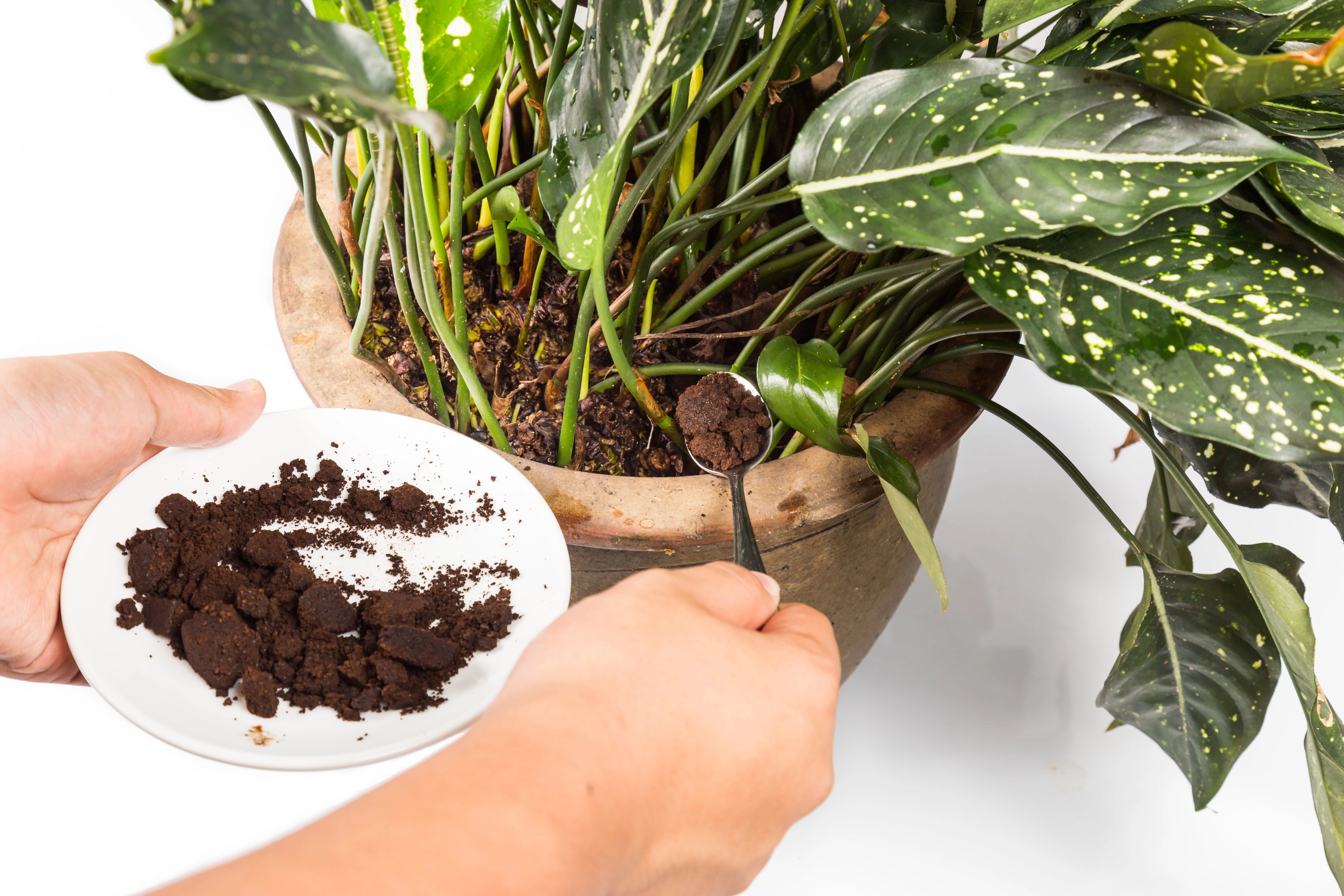
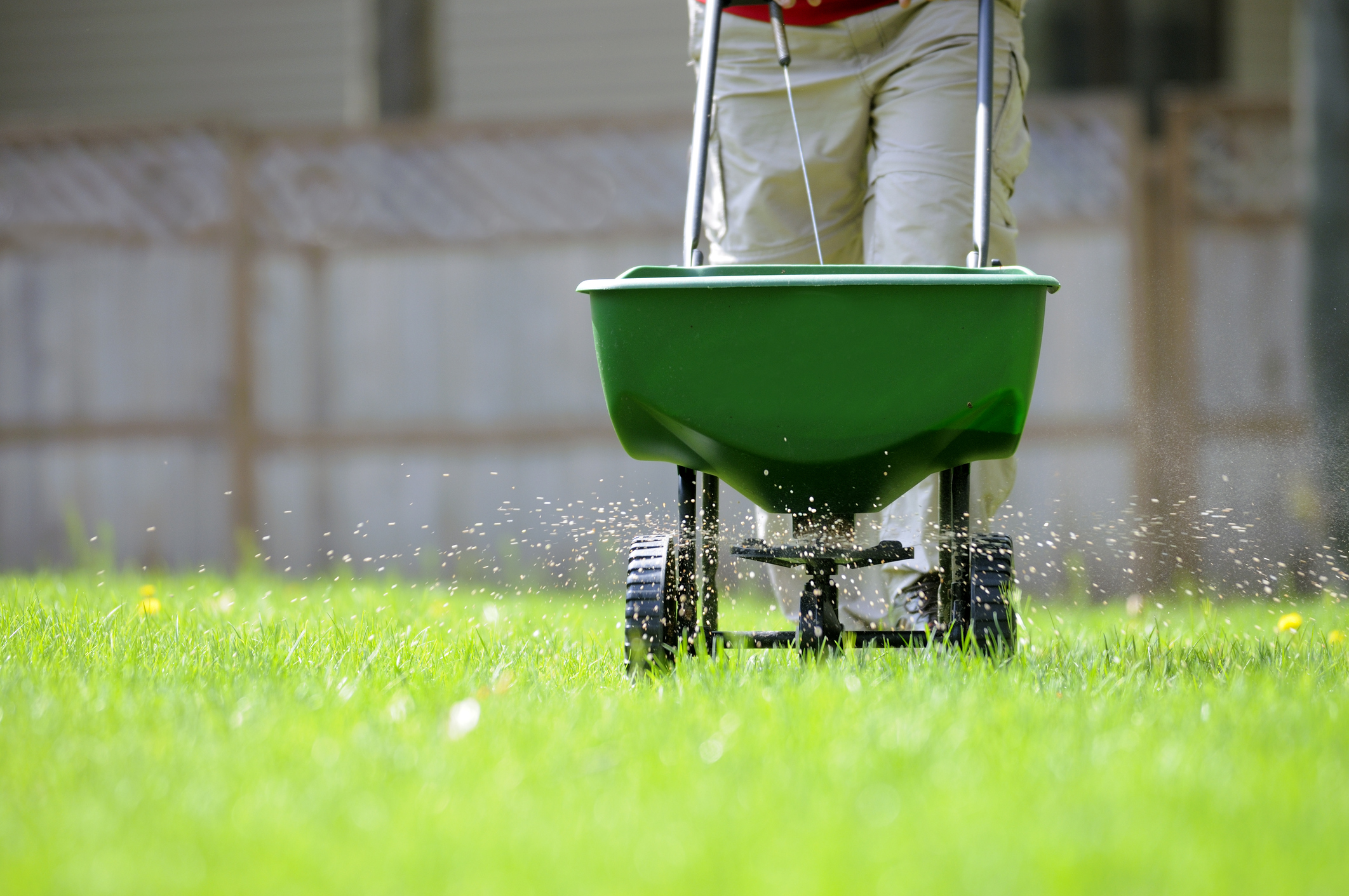
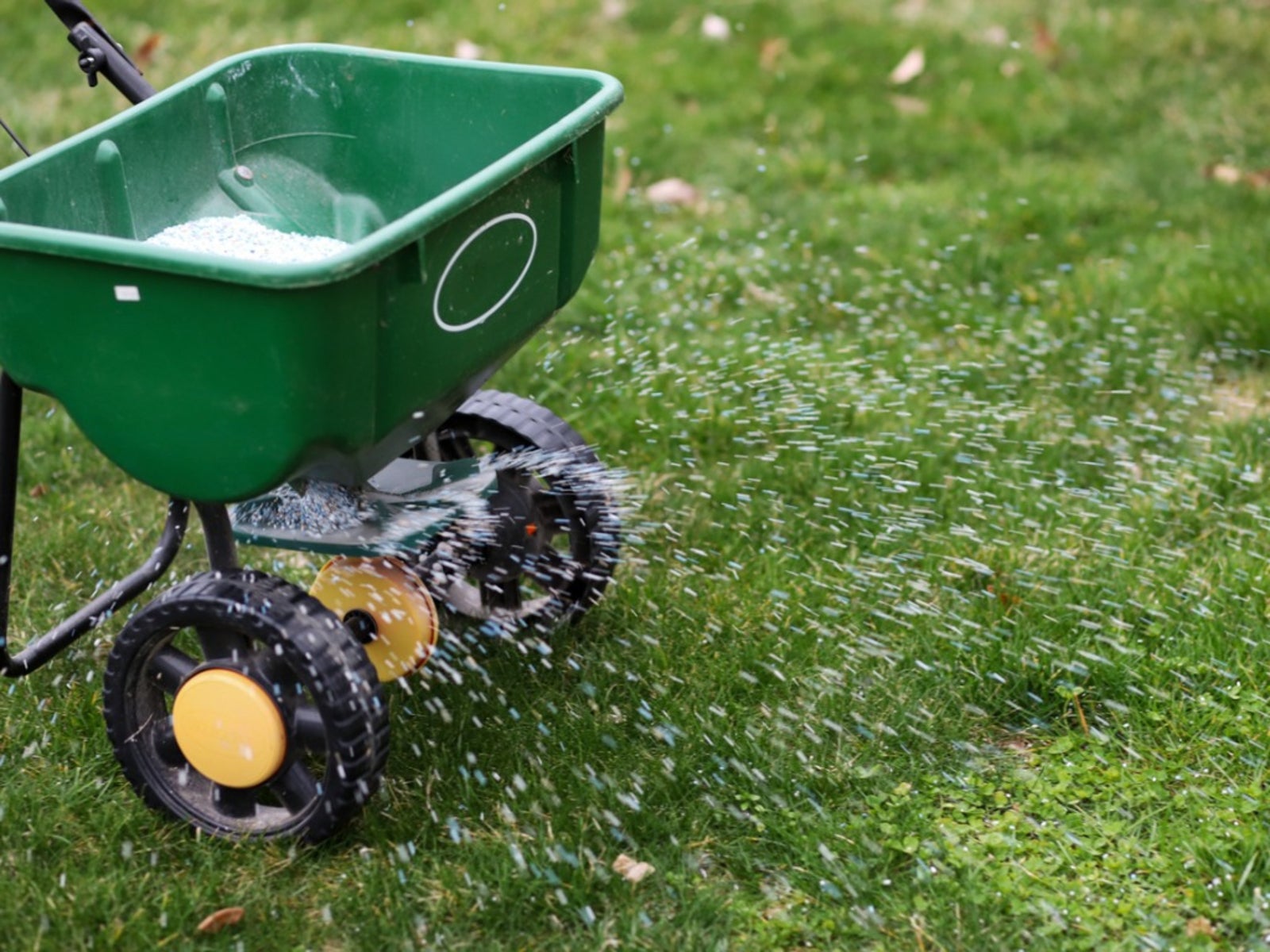

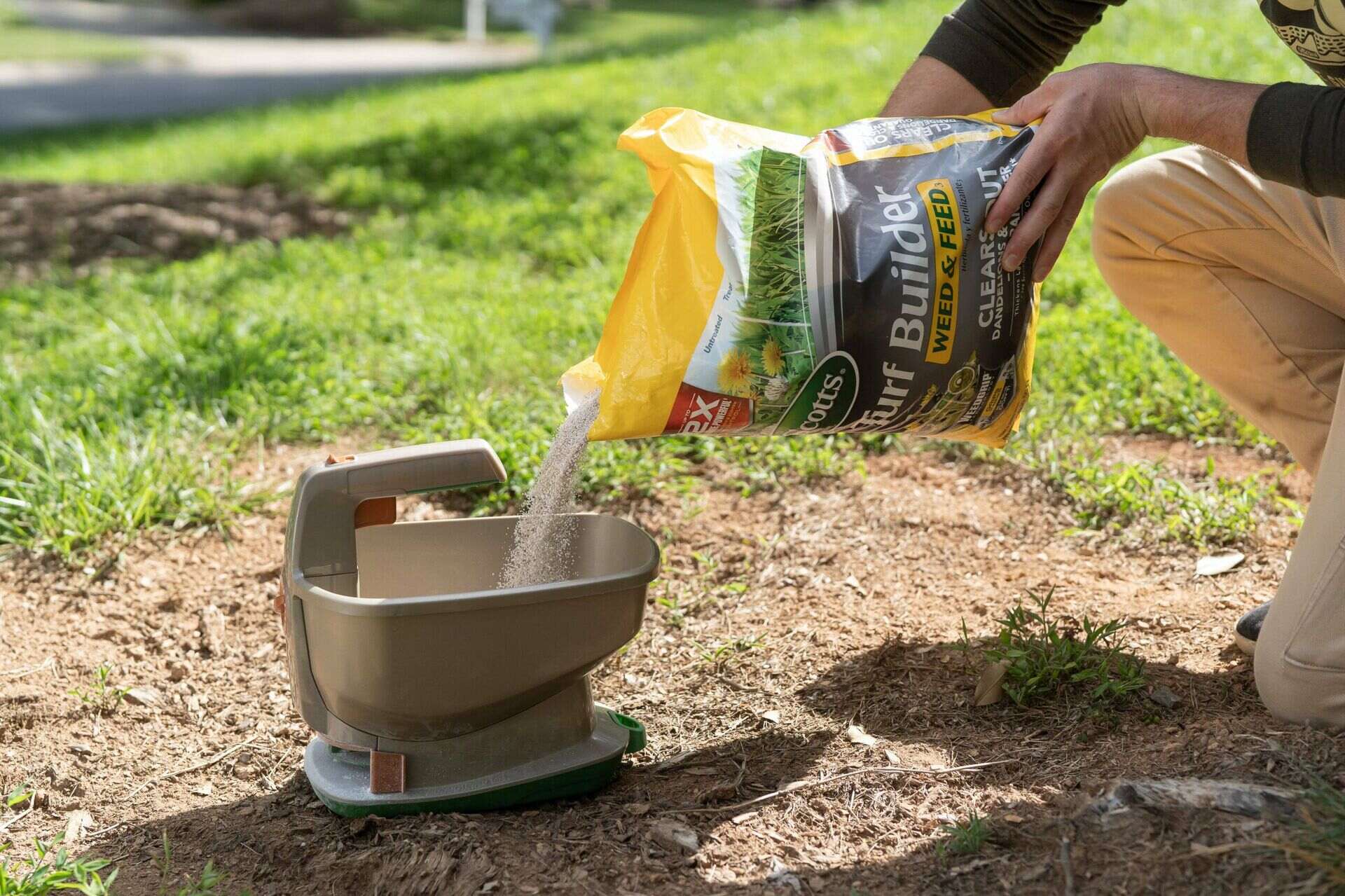


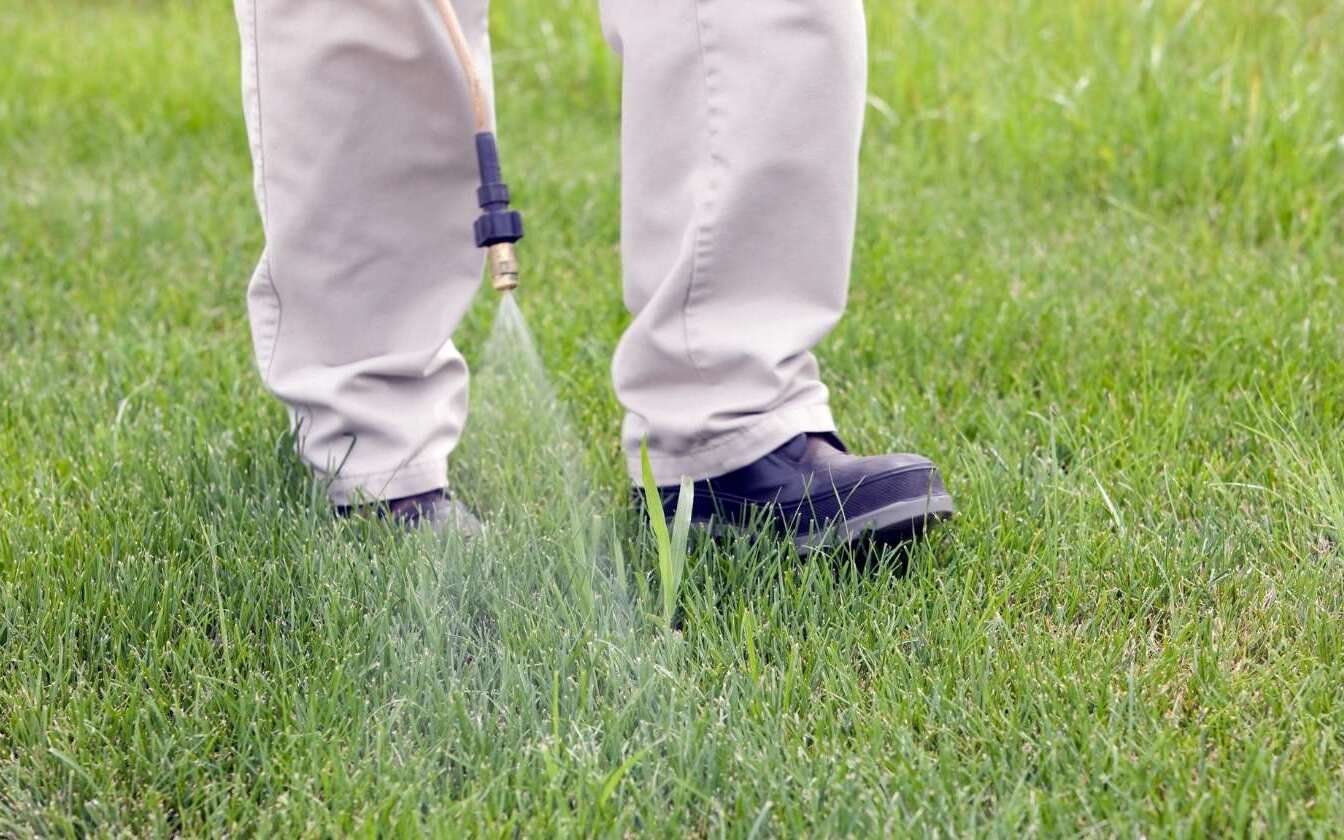
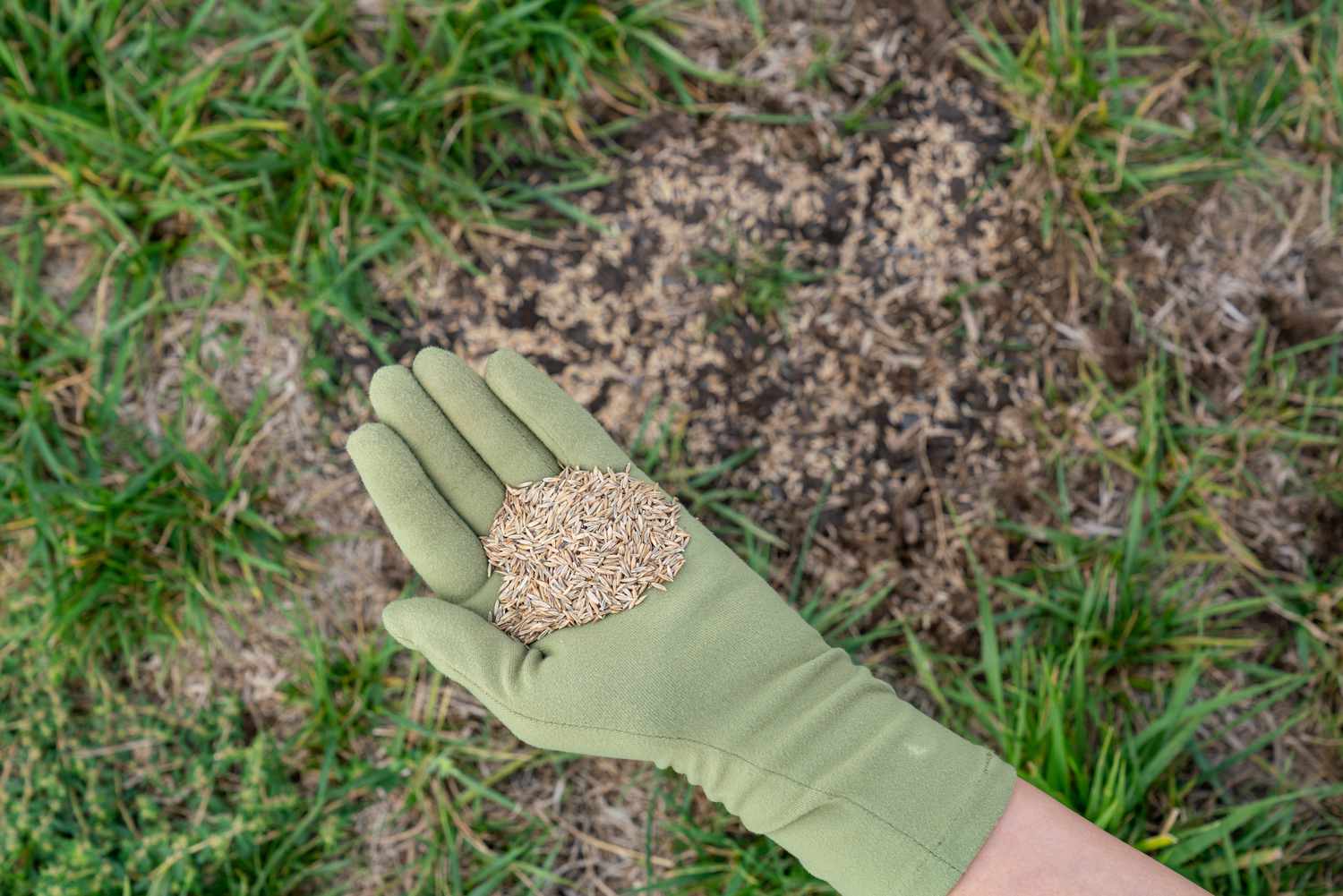
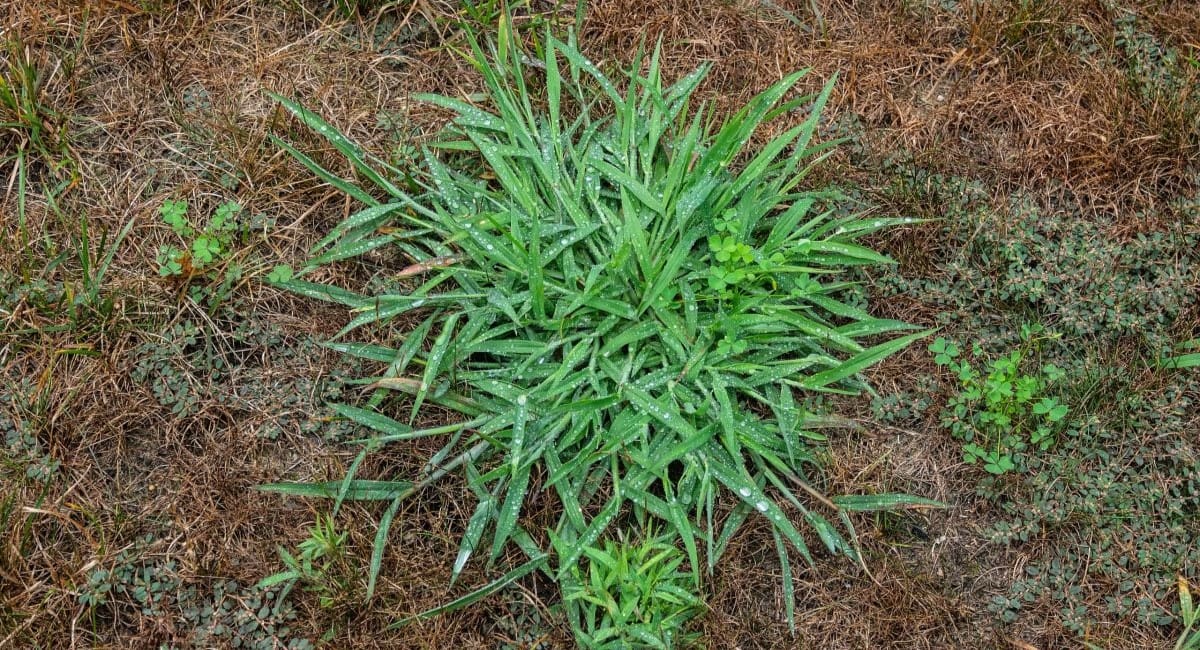


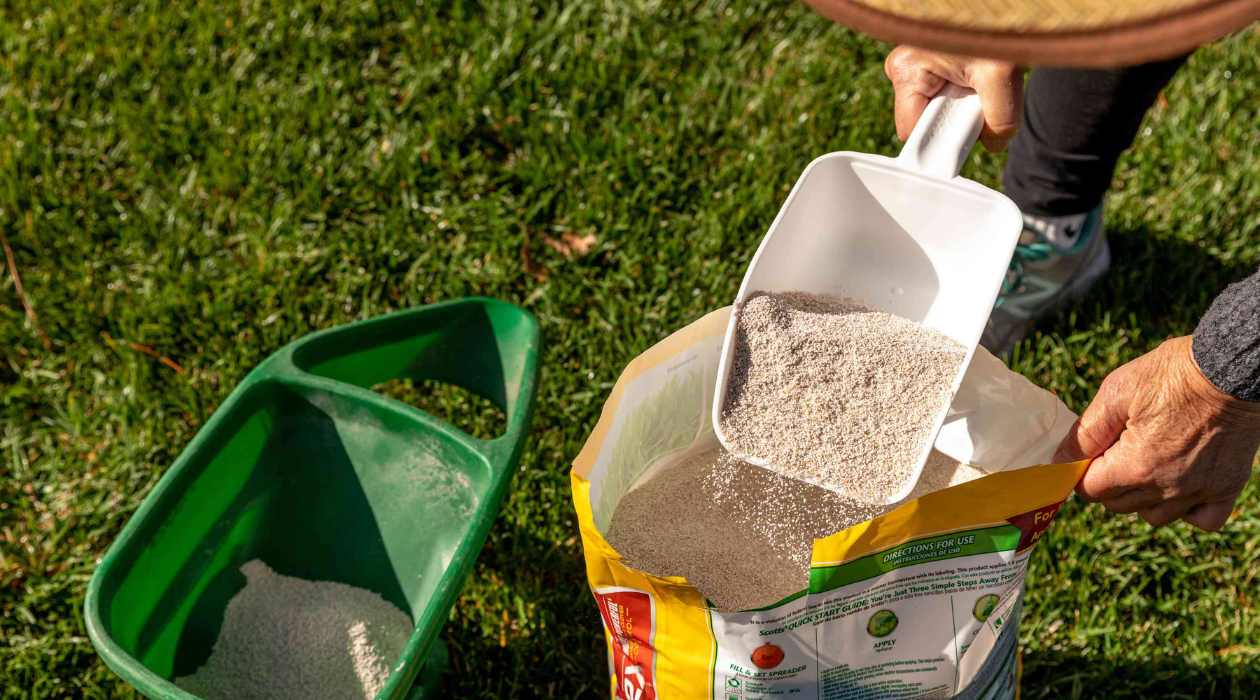
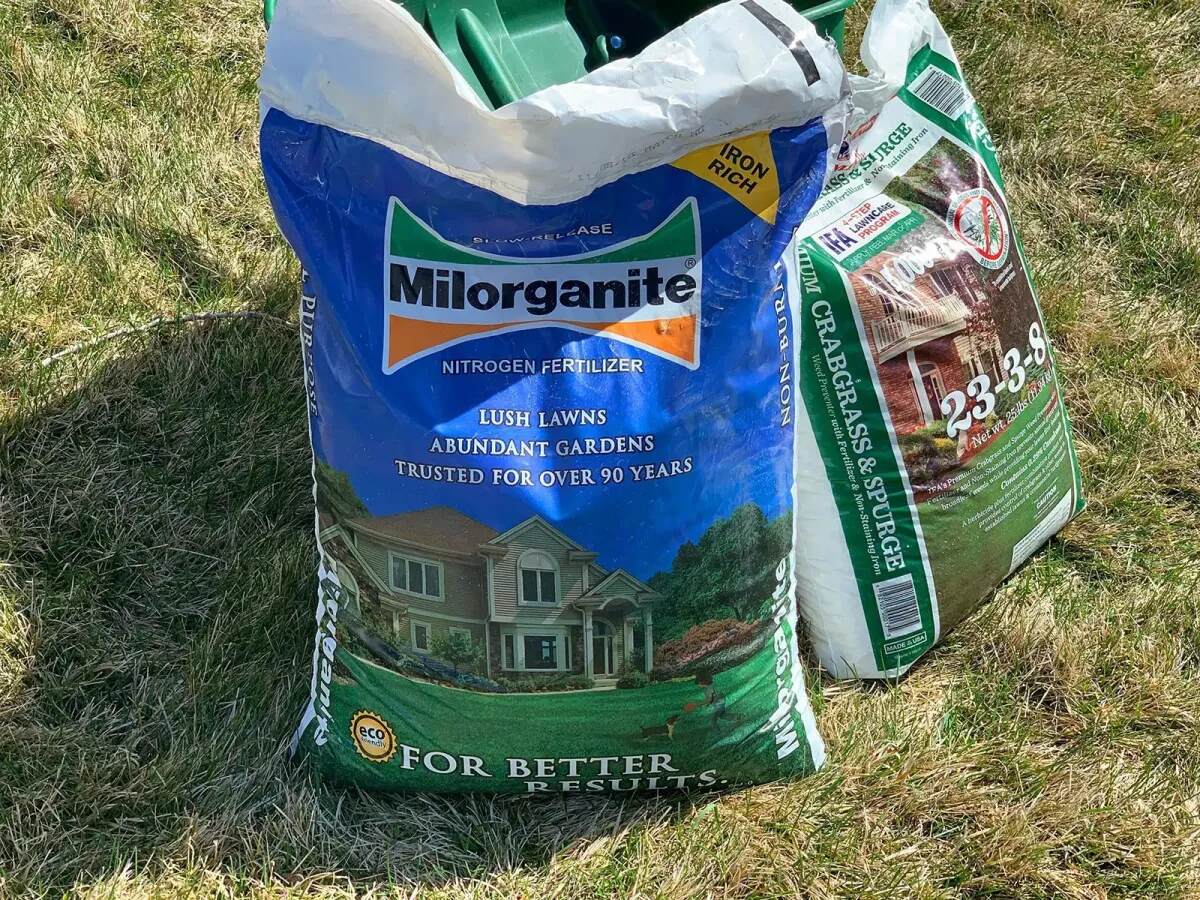

0 thoughts on “How To Apply Grass Fertilizer”